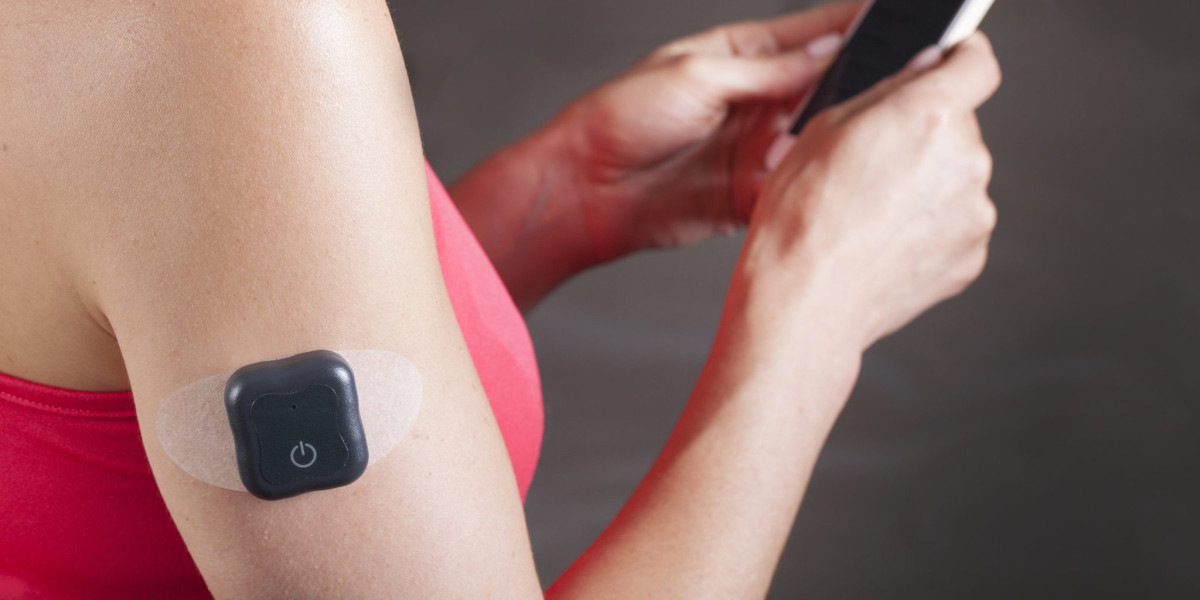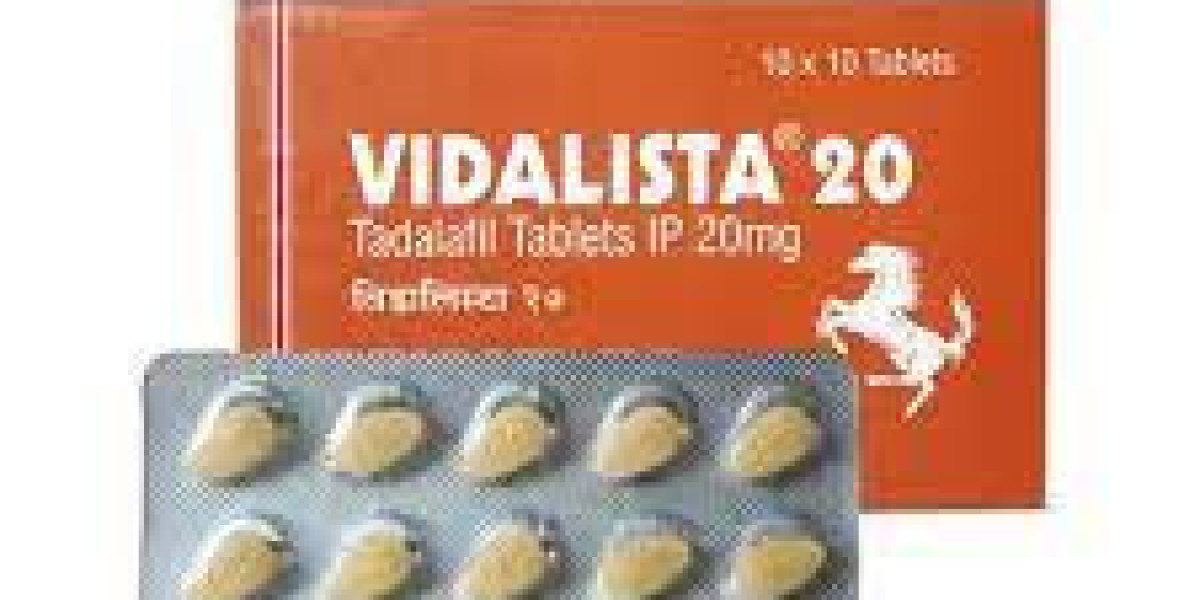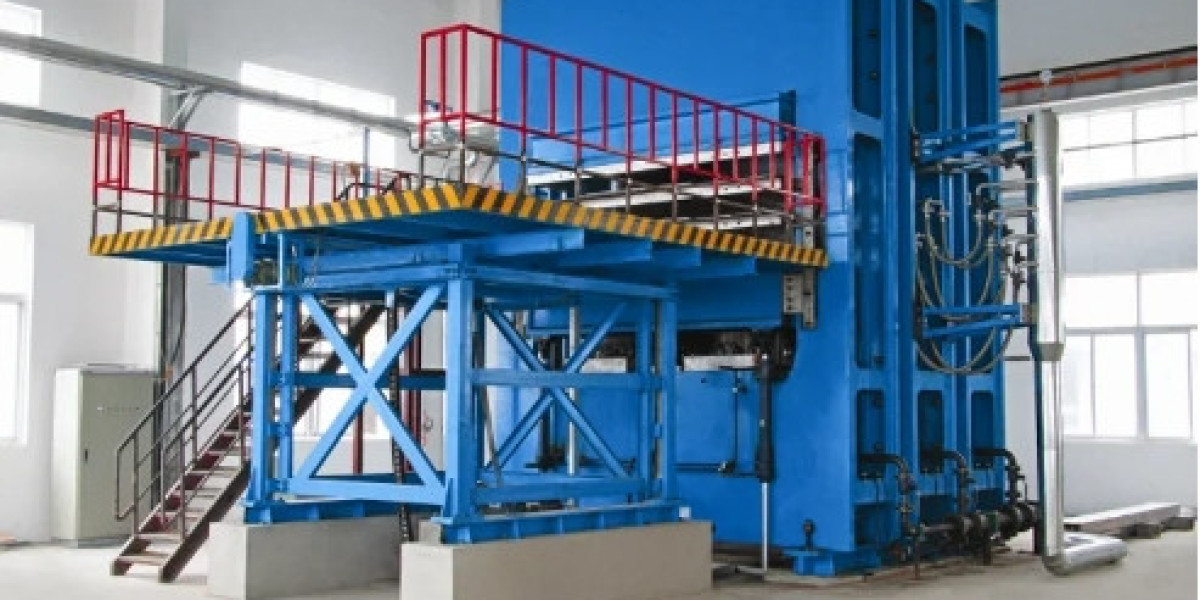Implantable medical devices have become an indispensable part of modern healthcare, helping patients manage conditions and extending and improving quality of life.These devices are implanted or inserted inside the body, either surgically or non-surgically, to monitor or treat various medical conditions.
Pacemakers
One of the earliest and most commonly used implantable medical devices are pacemakers. A pacemaker is a small device that is implanted in the chest or abdomen to help regulate abnormal heart rhythms called arrhythmias. It monitors the heart's rhythm and delivers electrical impulses to trigger contractions if it senses the heart is beating too slowly. More advanced pacemakers now automatically adapt their pacing based on the patient's needs and also incorporate defibrillation capabilities. Thanks to continuous improvements in technology, pacemakers are smaller, more accurate and durable, greatly improving quality of life for millions of people with heart rhythm issues.
Neurostimulators
Implantable medical devices neurostimulators are increasingly being used to treat various neurological conditions by delivering controlled electrical impulses to targeted areas of the nervous system. Spinal cord stimulators are implanted near the spine to relieve chronic pain by blocking pain signals from reaching the brain. Deep brain stimulators help control motor symptoms of Parkinson's disease by stimulating targeted areas of the brain. Vagus nerve stimulators can help reduce seizures in epilepsy patients. These devices allow targeted stimulation therapy without the need for continuous medication, significantly improving the management of debilitating conditions.
Artificial Hip and Knee Joints
Joint replacement surgeries using implantable artificial joints are among the most common and impactful procedures performed worldwide. Artificial hip and knee implants replace damaged, worn, or diseased joints with artificial components made of metal, plastic or ceramic materials. These implants allow patients to regain mobility and relieve chronic joint pain caused by arthritis or injuries. Continuous enhancements like using highly-polished finishes reduce friction and improve component fixation, ensuring implants last longer with minimal revision surgeries. Implanted joints literally give new lease of life to millions suffering from joint dysfunction.
Bionic Eyes and Ears
For patients with vision or hearing loss, experimental 'bionic' implants are ushering in a new era of restored sensory function. Retinal implants are being tested to partially restore sight in those with retinal degeneration and help them detect light and basic shapes. Cochlear implants employ an array of electrodes to bypass damaged hair cells and directly stimulate the auditory nerve, letting deaf individuals perceive environmental sounds and even understand speech. While still in development, these neural prosthetic devices powered by the brain hold tremendous promise to treat irreversible sensory impairments.
Contraceptive Implants
Long-acting reversible contraceptive implants are small flexible rods or capsules implanted just under the skin of the upper arm. They work by releasing low-dose hormones to prevent ovulation and fertilization. Some implants can provide effective birth control for up to 3-5 years in a single procedure.These implants are a highly effective yet less user-dependent option compared to oral pills. Their ease of insertion and removal also makes them popular in developing nations for population control programs.
Cardioverter-Defibrillators
Implantable cardioverter-defibrillators(ICDs) are a critical therapy for lethal heart rhythm disorders. They continuously monitor the heart and can deliver electric shocks within seconds to terminate life-threatening fast arrhythmias like ventricular tachycardia or fibrillation. Modern ICDs are even smarter - some can detect and terminate arrhythmias through antitachycardia pacing without shocking. They have a battery longevity of 5-7 years and massively reduce the risk of sudden cardiac death. ICDs have saved countless lives over the past few decades.
Insulin Pumps
For patients with Type 1 diabetes, an insulin pump is a discreet, computerized device worn externally that delivers rapid- or long-acting insulin through a narrow plastic tube placed just under the skin. Pumps mimic the body's natural insulin release more closelythan multiple daily injections by providing measured doses on demand or continuously. This steady dosing along with wireless monitoring improves blood sugar control, quality of life and reduces complications. New "smart" insulin pumps are also developing the ability to suspend delivery automatically based on continuous glucose monitor readings.
From pacemakers to insulin pumps, implantable medical devices have revolutionized healthcare by delivering tailored therapy 'from within'. Miniaturization of technologies alongside continuous enhancements in materials and power sources are helping maximize effectiveness and comfort. Widespread of these neural interfaces and artificial organs will redefine our understanding of treatment possibilities. Though challenging, regulatory approvals must keep pace to ensure more patients can benefit from life-changing innovation. Overall, implantables today enrich quality of life for millions worldwide by turning what was previously untreatable into highly manageable health conditions.
Get more insights on Implantable Medical Devices
Explore more article Ticagrelor Market
Get More Insights—Access the Report in the Language that Resonates with You:
About Author:
Money Singh is a seasoned content writer with over four years of experience in the market research sector. Her expertise spans various industries, including food and beverages, biotechnology, chemical and materials, defense and aerospace, consumer goods, etc. (https://www.linkedin.com/in/money-singh-590844163)
Naijamatta is a social networking site,
download Naijamatta from Google play store or visit www.naijamatta.com to register. You can post, comment, do voice and video call, join and open group, go live etc. Join Naijamatta family, the Green app.
Click To Download


